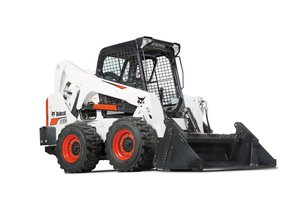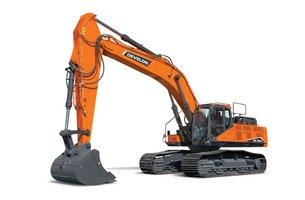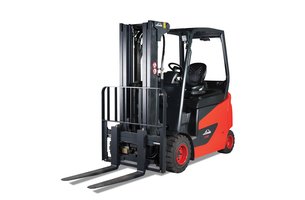What is the Difference Between an Order Picker and a Reach Truck?
June 22, 2021
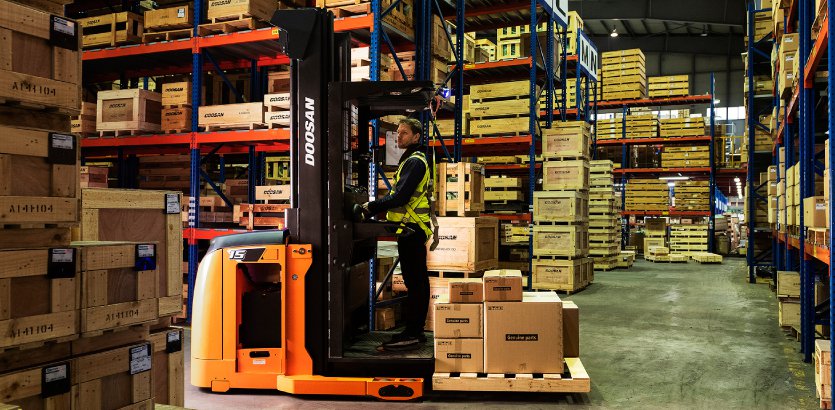
Forklifts have evolved and segregated into innovative machines that specialize in a task. The OSHA has categorized seven different classes of forklifts to define the types of equipment. While this can be helpful, customers can still be confused on when certain forklift models should be used.
A frequently asked question we get is the difference between order pickers and reach trucks. Not only are they categorized together as Class II, electric motor narrow aisle trucks, these machines are used in similar settings. But the key difference is quite simple: order pickers lift the operator to rack level, whereas reach trucks keep the operator in the cab.
Order Pickers Bring the Operator Up
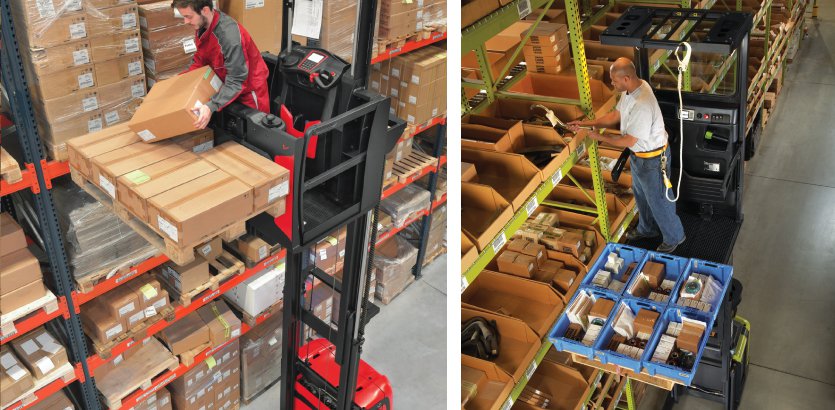
An order picker is quite unique to the material handling industry. Unlike traditional forklifts, an operator is elevated to rack level with or without a load. These machines are used when it is necessary for operators to be on the same level as inventory and makes it easier for workers to efficiently hand-pick specific goods.
Reach Trucks Keeps the Operator in a Cab
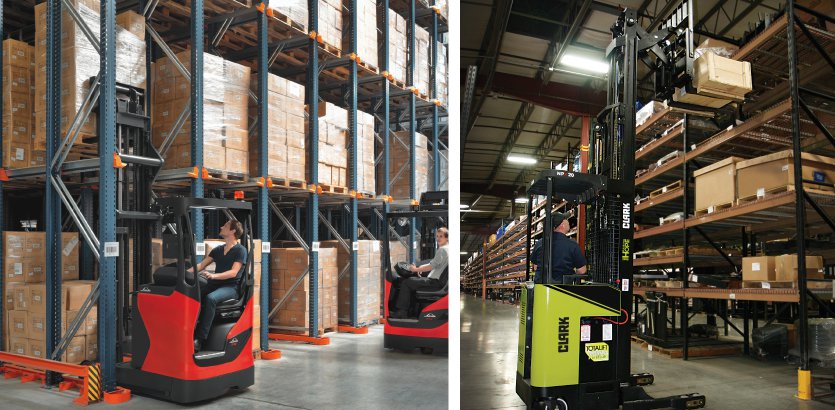
A reach truck keeps operators grounded in a cab, while its forks move whole pallets in the racking up and down mechanically. Used primarily in narrow aisle applications, these machines excel in warehouses with high-racking operations. Reach trucks feature a pantograph, which is a scissor reach mechanism. This design enables the machine’s forks to efficiently extend forward into a rack with less effort.
Have more questions on the differences between these machines? Our expert sales representatives are ready to help pair you with the right equipment for your jobsite. Speak to one of our people today.

